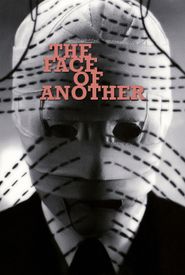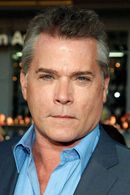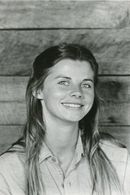Isozaki Arata, a renowned Japanese architect, began his academic journey at the University of Tokyo in 1950, where he was fortunate to be a student of the illustrious Kenzo Tange. His academic tenure spanned over a decade, with Isozaki completing his studies in 1954, followed by a Master of Arts degree two years later.
Isozaki's dedication to his craft led him to pursue a doctorate in architecture, which he completed in 1962. Following his academic pursuits, he worked briefly with Kenzo Tange before venturing out on his own to establish his architectural practice, Studio Arata Isozaki & Associates, in 1963. The studio was initially based in Kyushu before relocating to its current location.
In addition to his professional endeavors, Isozaki accepted a teaching position at the University of Tokyo in 1964, which led to numerous guest professorships at universities worldwide. Isozaki's work was initially influenced by American high-rise construction, which is evident in the numerous buildings that bear his avant-garde signature, including the town hall in Kanioka, the Saudi Arabian Foreign Ministry in Riyadh, the Tsukuba Civic Center in Tsukuba City, and a trading house in Chicago.
Isozaki was a pioneer of the Metabolism movement in Japan, which emerged from the 1960 World Design Conference. He developed the "Core System," which not only influenced his own work but also that of his former teacher, Kenzo Tange. Isozaki's architectural style evolved as he absorbed and adopted international trends, including postmodernism, the Vienna Secession, and the works of Marcel Duchamp.
Isozaki's innovative approach to architecture has been recognized through numerous exhibitions and publications since 1974, solidifying his reputation as one of Japan's leading avant-garde architects. His work as a film architect, which he undertook in 1965, further showcased his versatility and creativity.
What sets Isozaki's designs apart is his thoughtful use of simple geometric shapes and his sophisticated play with light and shadow, often referencing historical construction methods. His avant-garde projects include the headquarters of the Fukuoka Mutual Bank and the Gunma Prefectural Museum of Fine Arts in Takasaki.
Isozaki's international reputation grew significantly in the late 1970s, following his recognition in the United States. He received important commissions, including the redesign of the Museum of Contemporary Arts in Los Angeles. Today, his architectural firm continues to take on a wide range of projects, from banks and libraries to monuments, hospitals, cultural centers, and more, with a global presence in Germany, the USA, Spain, and Japan.





















